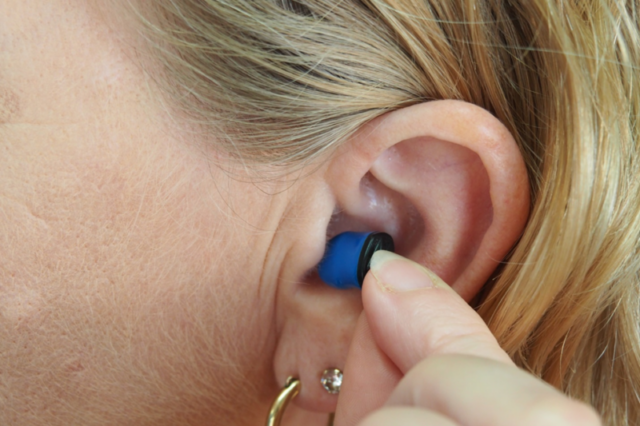Benefits of Getting Rechargeable Hearing Aids

If you’re diagnosed with hearing loss, wearing hearing aids can help improve your hearing function and overall quality of life. However, long gone are the days when you had to get new batteries for your hearing aid after every few days. Not only are non-rechargeable hearing aid batteries inconvenient, but they’re also expensive and harmful to the environment.
Fortunately, today’s technological advancements have led to the innovation of rechargeable hearing aids. Like other rechargeable devices, you don’t have to replace batteries after every three to 10 days while using rechargeable hearing aids. Instead, you only need to charge your hearing aids every night and enjoy uninterrupted use during the day.
However, if you prefer using non-rechargeable hearing aids, consider how long hearing aid batteries last before buying to help you decide if the devices are right for you. Here are some top reasons you should consider getting rechargeable hearing aids:
Energy efficient
Unlike disposable batteries, a fully-charged lithium-ion battery can power your hearing aids for almost the entire day. Disposable batteries can easily deplete without notice, requiring you to always carry backup batteries. On the contrary, rechargeable hearing aids can last you for nearly 19 hours on a single charge. Getting hearing aids with rechargeable batteries allows you to continue your daily activities uninterrupted and without worrying about dealing with dead batteries.
Cost savings
Besides being more energy efficient, rechargeable hearing aid batteries typically have a longer shelf-life. Unlike replaceable batteries that require regular replacing, most rechargeable batteries can last up to five years before being replaced. That’s because lithium-ion batteries used in most rechargeable hearing aids are designed to better withstand inclement weather and severe conditions. They also experience little to no loss in cold weather.
While rechargeable hearing aids tend to cost more upfront, they offer significant savings in the long term since you don’t need to buy additional batteries. On the other hand, you’ll need to replace your disposable hearing aid batteries after every one to two weeks, depending on the hearing aid model, features you use, and the streaming time. This becomes a regular expense that can add up to hundreds of dollars per year.
Greater accessibility and convenience
Non-rechargeable hearing aids can be problematic for those with dexterity issues because disposable batteries’ tiny size and packaging can be difficult to handle when changing batteries. Getting rechargeable hearing aids can eliminate the worry and hassle associated with constantly changing batteries since you only need to charge the batteries when they die.
Rechargeable hearing aids are more convenient, since you don’t have to constantly swap batteries or worry about them running out without warning. This also makes rechargeable hearing aids more accessible even for older users since they often struggle with buying and replacing batteries.
Environmentally friendly
Consistently disposing of hearing aid batteries in landfills can greatly pollute and impact the environment. That’s because batteries often contain harmful chemicals that can contribute to environmental pollution and carbon footprint. Using rechargeable hearing aids helps significantly reduce the number of batteries you dispose of, making them more environmentally friendly and sustainable. This helps reduce your environmental impact.
Using rechargeable hearing aids instead of non-rechargeable ones has more benefits than disadvantages. Not only do rechargeable hearing aids offer greater energy efficiency and cost savings, but they’re also more convenient and eco-friendly.
Image Source: https://unsplash.com/photos/T4llNlZrLzc

